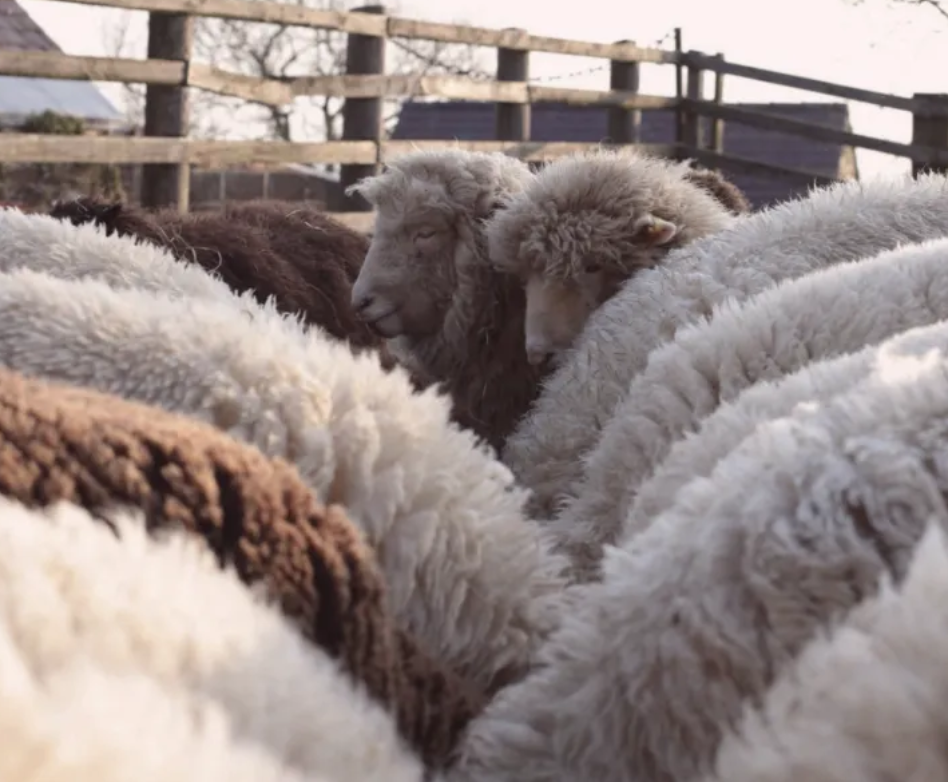SDG Storytelling for Sustainability Toolkit
Image from Monkstone Knitwear, The Great British Wool Revival Case Study Example
The United Nations Global Compact Network UK has recently released their SDG Storytelling for Sustainability Toolkit which aims to align impact with purpose, guiding businesses strategically through the many challenges proposed when working towards sustainable practices, incorporating the power of storytelling and narrative with science and data.
With the release of the 2030 Agenda in 2015, it highlights clear actions needed for the people, planet and prosperity with businesses working collaboratively towards the 17 Sustainable Development Goals (SDG’s) and 169 targets working towards a future we all need and strive towards.
However, as stated by the UN many of these goals are failing to be reached, with businesses falling behind. The toolkit explains that the claims of being a sustainable business is not enough alone, that in fact businesses need to incorporate authenticity with more clarity, purpose and honest transparency.
Many brands currently use carbon alone as a way to communicate sustainable goals, however this often fails to reach the target audience causing confusion, lack of understanding and complicated terminology. This is also due to the lack of emotional connection to something tangible such as relating this back to an animal, farmer or livelihood some of the things that are far more familiar to us.
The power of storytelling is extremely provenant in some of the most successful sustainable businesses, this is clear to see in brands such as the Welsh Wool Company and sister company Monkstone Knitwear both owned by Anna Felton.
The Welsh Wool Company showcases full transparency by supplying 100% traceable Welsh wool to the Fashion and Textiles Industry while working collaboratively with some of the most established manufacturers and woollen mills in Wales. By supporting brands they help to facilitate locality, fashion forward thinking and enhancing diversity working successfully across the value chain.
This level of authenticity is clear with images of the sheep, the farmers and the spinning process all clearly accessible on the website. This creates an emotional response and connection far deeper than a percentage or statistic alone, allowing the consumer to connect with the origin of their product.
They also run Pembrokeshire Yarn, a farmers collective which allows each farmer to be showcased and be part of the supply chain by working on a collaboration between farmers and designers. The initiative uses the power of storytelling as a driving factor to success while staying truly honest and transparent to their embedded values.
Monkstone Knitwear works in a similar way using one singular flock of sheep to create small collections all hand made to order. This not only reduces waste but it creates a level of bespokeness, connecting the wearer directly with the sheep making garments sentimental, memorable and loved for years to come.
Although these examples are micro businesses that work towards a slow fashion approach, they clearly highlight the power of narrative when working towards biodiversity concerns, net zero goals and circular economies many of the key areas highlighted in the toolkit. Perhaps there is power in more macro businesses observing these smart business practices to see how the power of storytelling can be used more efficiently to communicate sustainable goals in turn holding more weight, authenticity, clarity and purpose.

